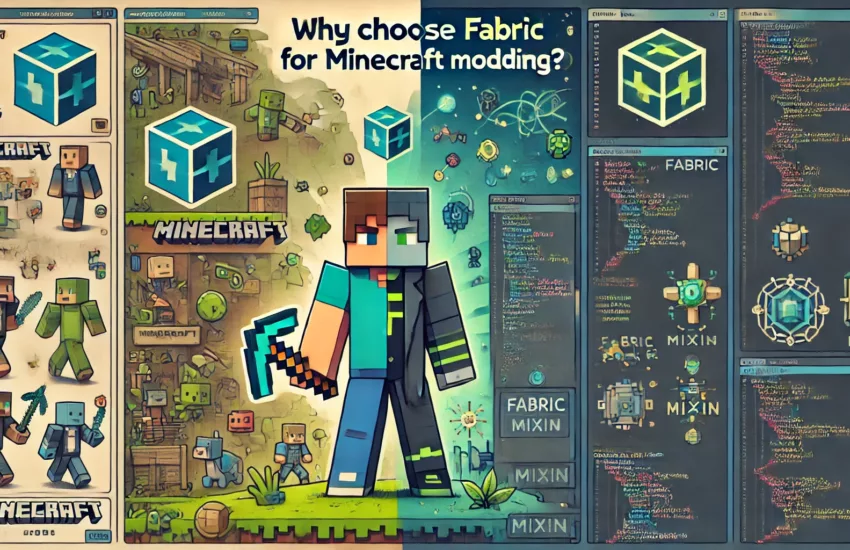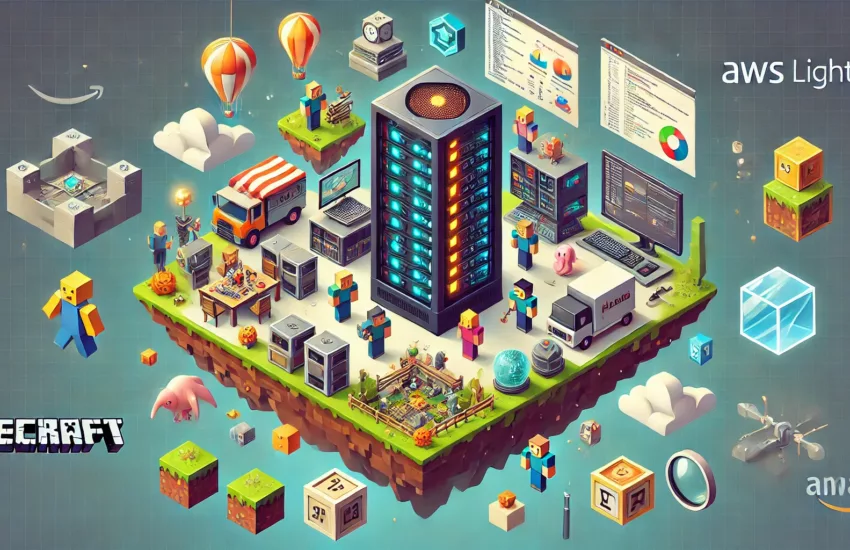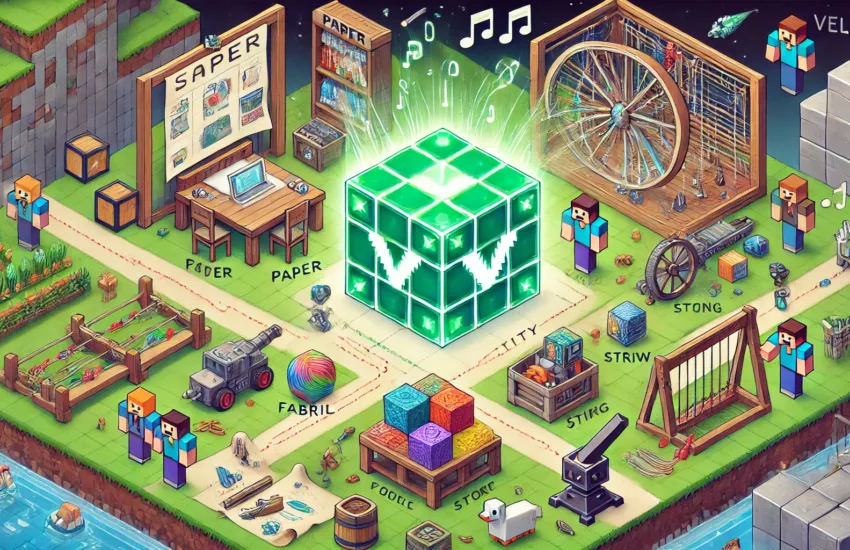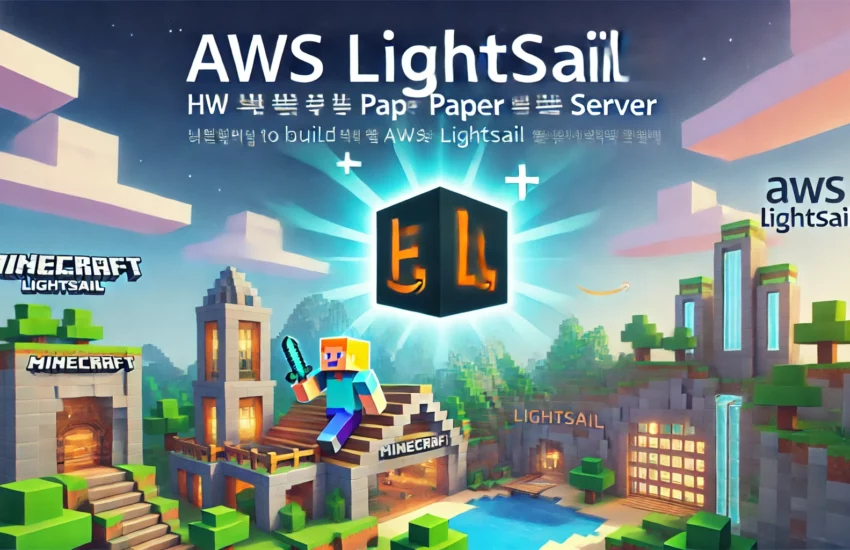This comprehensive guide explores Minecraft’s Fabric mod loader, comparing it to Forge and advocating for its adoption, highlighting Fabric’s advantages such as lightweight structure, faster loading times, improved performance, quick updates for new Minecraft versions, modern Java-based development environment, flexible Mixins system for code modification, active community support, growing mod ecosystem, educational value for programming learners, and potential for cross-platform compatibility; it provides a step-by-step installation guide, introduces popular Fabric mods across categories like optimization (Sodium, Lithium, Phosphor), gameplay improvements (Fabric API, Mod Menu, AppleSkin, REI), visual enhancements (Iris Shaders, LambDynamicLights, Continuity), utilities (Litematica, MiniHUD, WorldEdit), and content additions (Tech Reborn, Botania, Create); offers an introduction to Fabric mod development, covering environment setup, basic mod structure, implementing features, testing, debugging, and distribution; discusses Fabric’s future prospects, including ongoing performance optimizations, API expansions, strengthened cross-platform support, improved development tools, and potential official recognition; while acknowledging challenges like competition with Forge, maintaining version compatibility, and preventing community division, the article concludes by recommending Fabric for performance-sensitive players, latest version enthusiasts, mod developers seeking modern tools, light mod users, and programming learners, while suggesting Forge for users of large-scale mod packs or specific large mods prioritizing long-term stability.
본문 읽기




